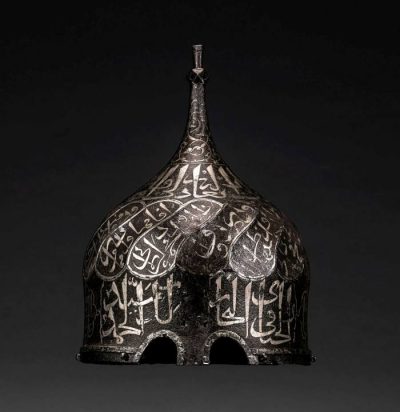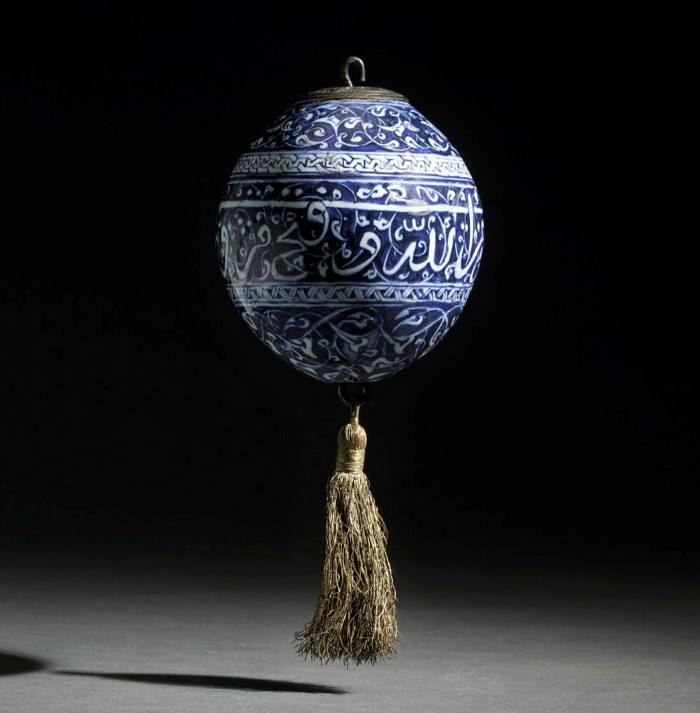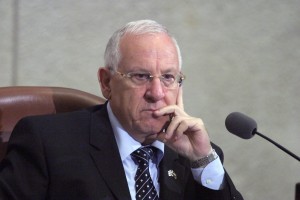The Museum of Islamic Arts Has Halted a Planned Sotheby’s Sale of Its Treasures After It Was Condemned by Israel’s President
Israeli President Reuven Rivlin jumped into the fray after experts questioned the ethics of the auction.

A Sotheby’s auction of rare objects from the Museum of Islamic Arts in Jerusalem has been halted at the last minute following an outcry from the Israeli government and culture officials.
One hundred and ninety Islamic artifacts from the museum’s collection, including ceramics, textiles, and illuminated manuscripts, were set to hit the block in a single-owner sale on October 27 in London, while an additional 68 timepieces owned by the institution were to be included in an Important Watches sale the next day.
But less than 24 hours before the first event went live, the museum and its endower, the Hermann de Stern Foundation, announced plans to postpone the sale.
The news came in response to a public appeal from Israeli President Reuven Rivlin, and followed a discussion between the museum and Israel’s Culture Ministry.
“The foundation’s management hopes that the postponement will make it possible to reach agreements that will also be acceptable to the Culture Ministry in the coming weeks,” the museum said in a statement.
In a separate statement sent to Artnet News, Sotheby’s clarified that the sale was moved to November. The statement did not specify what objects would be included in the auction.
“The aim of these sales remains to safeguard and further the founding vision of the museum and to advance its work in fostering cross-cultural dialogue and understanding,” a representative from the auction house said. “Sotheby’s looks forward to working with the museum to bring these plans to fruition in the near future.”
The deaccession plan was put in place to support the museum’s long-term financial outlook, according to the Art Newspaper. The auction had been in the works for over two years, and the institution said the 258 objects set to hit the block were either kept in storage, or were duplicated by other examples in the permanent collection.
But shortly after the auction was announced in September, museum officials and antiquities experts in Israeli questioned this claim, raising additional questions about the ethics of a state-sponsored museum selling off its holdings.
Image on the right: An early Iznik blue and white calligraphic pottery hanging ornament, Turkey, circa 1480. Courtesy of Sotheby’s.

Michael Sebbane, chief director of national treasures for the Israel Antiquities Authority, said the museum’s move suggested a “lack of professionalism.”
“They are selling items that are very important, very unique, and the moment they sell them, the public will have lost them,” he told the Washington Post.
The backlash reached its peak on Sunday, when Israeli president Rivlin called for a halt to the sale.
“We must find the means available to the State of Israel in the legal and international spheres to prevent the sale of these cultural assets from the region as a whole,” Rivlin said in a statement.
He added that institutions like the Museum of Islamic Art “are the repositories of enormous spiritual and material assets for the State of Israel and the Middle East, and we must do all we can to keep them in Israel.”
The Museum for Islamic Art in Jerusalem was established in 1974 by British-Jewess heiress Vera Salomons. It includes more than 5,500 objects in its collection, which spans the 7th to the 19th centuries.
Among the artifacts set to be deaccessioned were an 11th–12th century page from a Qur’an written in eastern Kufic script from Persia, and a calligraphic hanging pottery ornament from Turkey, circa 1480. Both were expected to fetch between £200,000 and £300,000 ($261,000–$392,000).
*
Note to readers: please click the share buttons above or below. Forward this article to your email lists. Crosspost on your blog site, internet forums. etc.
Featured image: A silver-inlaid Aqqoyunlu turban helmet, Turkey or Persia, second half 15th century. Courtesy of Sotheby’s.


